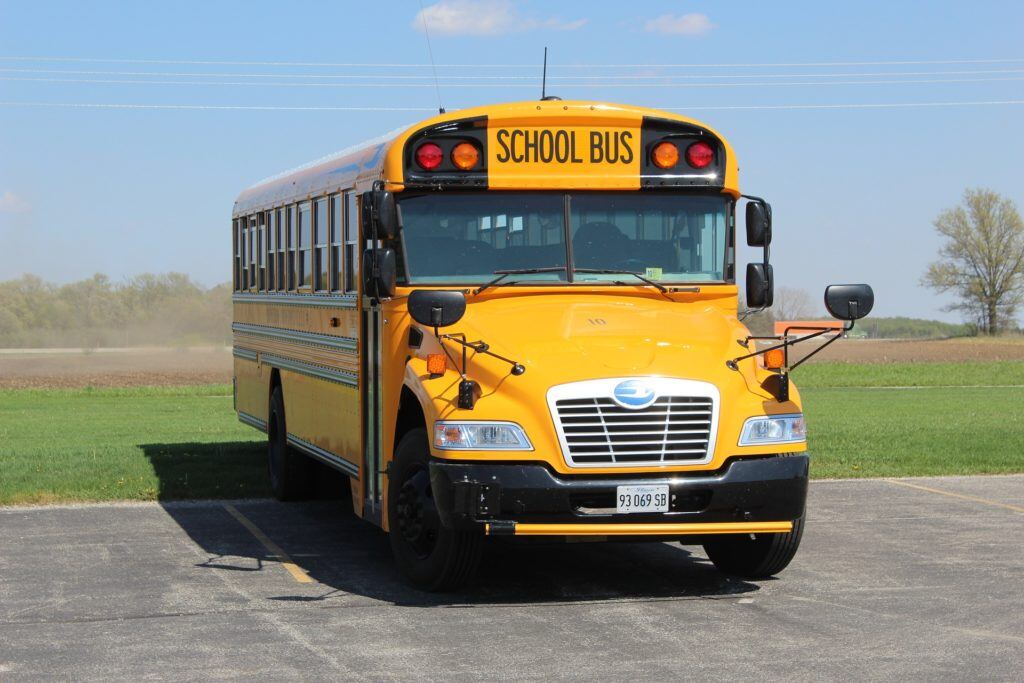5 Advancements in School Bus Technology

The yellow school bus has been a symbol of education and safety for decades—but modern fleet management demands more than just reliability. Today’s student transportation fleets are powered by cutting-edge technologies that ensure optimal safety, reduce emissions, and improve operational efficiency.
As school districts navigate evolving transportation needs and tightening budgets, staying informed on these innovations is crucial. Here's how five school bus technology advancements are shaping the future—and how fleet maintenance management software helps districts harness their full potential.

Photo Courtesy of Pixabay.com
Fleet Management Software
Modern school transportation operations require more than paper logs and guesswork. Fleet managers now rely on fleet maintenance management software to track inspections, schedule preventive maintenance, and reduce downtime.
For example, RTA’s fleet maintenance system, Fleet360, provides:
-
Integration with a wide variety of other tools and software to give you a full picture of your fleet
-
Automated PM scheduling
-
Cost analysis and lifecycle reporting
-
Seamless parts inventory management
When paired with telematics, this software becomes the backbone of a school bus fleet maintenance management system, keeping operations efficient, compliant, and budget-conscious.
Curious to learn more about how to improve your school bus fleet? Check out this episode of The Fleet Success Show:
GPS Tracking and Telematics Integration
GPS and telematics aren’t just “nice to have”—they’re essential for improving route efficiency, student safety, and driver accountability.
Telematics systems integrated with fleet software allow school districts to:
-
Monitor vehicle location in real time
-
Detect idling or harsh driving behavior
-
Optimize routes for fuel and time savings
-
Improve parent communication and transparency
These tools also simplify regulatory compliance and maintenance planning, ensuring your vehicle fleet maintenance software works as a strategic asset, not just a tool.

Photo Courtesy of Pixabay.com
Wi-Fi Connectivity on the Go
With students spending an average of 40–60 minutes a day on buses, Wi-Fi transforms this downtime into learning time. Connected buses enable:
-
Real-time access to homework platforms
-
Improved behavior monitoring via live cameras
-
Seamless communication between drivers and dispatch
Plus, for school fleets using fleet management software, this tech enhances reporting and decision-making by syncing directly with backend systems.
Electric and Hybrid School Buses
The electric bus revolution is here—and it’s picking up speed.
As of 2024, over 12,000 electric school buses are operating in the U.S., supported by new EPA grants and funding. Benefits include:
-
Zero tailpipe emissions
-
Up to 60% lower fuel costs
-
Reduced maintenance needs
And now, thanks to Vehicle-to-Grid (V2G) technology, electric buses can return power to the grid, helping districts cut energy costs even further.
Need help preparing your school bus fleet for EV mandates? Download our free guide to give your fleet team a head start.
Advanced Safety Features
Today’s school buses are equipped with more than just stop signs and flashing lights. Safety-first upgrades now include:
-
360-degree camera systems
-
AI-powered student detection
-
Collision avoidance sensors
-
Biometric entry and facial recognition
These systems don’t just protect students—they give peace of mind to parents and drivers. When paired with a fleet maintenance management system, alerts from safety systems can trigger maintenance tickets instantly.
Conclusion
Technology is transforming student transportation—making it safer, smarter, and more sustainable. Whether it's GPS tracking, electric fleets, or a powerful fleet maintenance management software like RTA’s Fleet360, these tools are essential for any forward-thinking school district.
Want to future-proof your fleet? Discover how RTA’s vehicle fleet maintenance software can help you optimize operations and deliver safer, more efficient rides.
